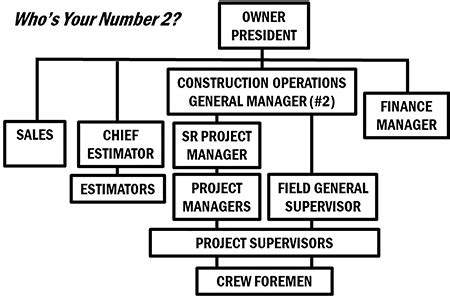5 Ways to Master Chain Command in Linux

Introduction to Chain Command in Linux
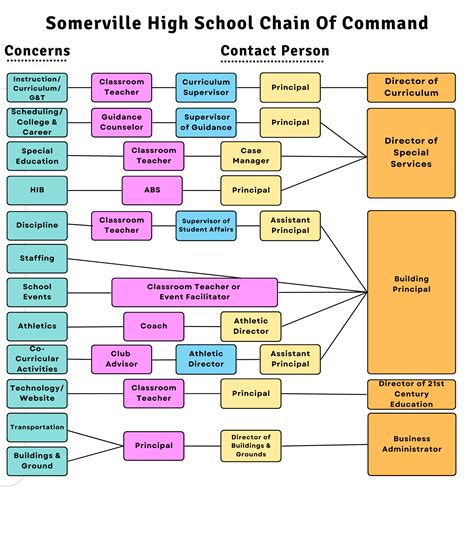
For Linux users, the command line interface (CLI) is an essential tool for managing and executing tasks efficiently. One of the most powerful features of the Linux CLI is the ability to chain commands together to perform complex tasks with a single command. In this article, we will explore the concept of chain command in Linux and provide 5 ways to master it.
What is Chain Command in Linux?

Chain command in Linux refers to the process of executing multiple commands in a single line, where the output of one command is used as the input for the next command. This allows users to perform complex tasks by combining multiple commands, making it a powerful tool for automating tasks and increasing productivity.
5 Ways to Master Chain Command in Linux
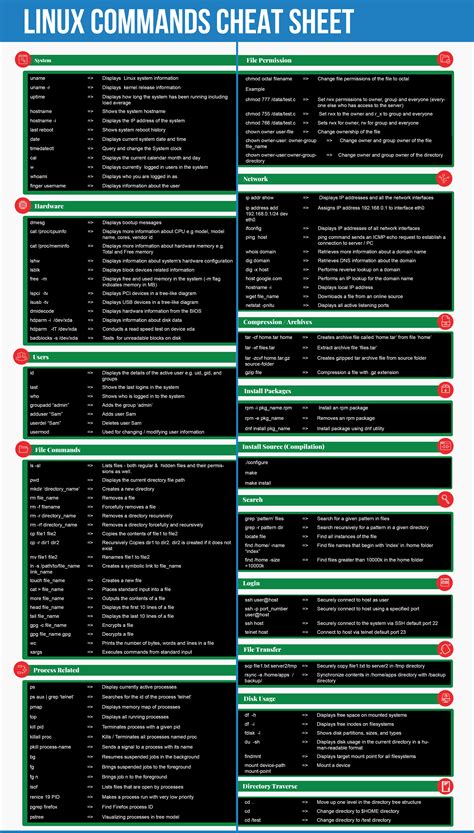
1. Using the Pipe Operator (|)
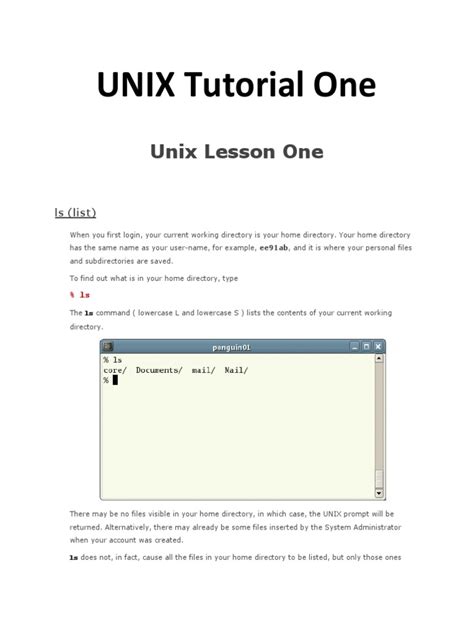
The pipe operator (|) is the most commonly used method for chaining commands in Linux. It takes the output of the previous command and uses it as the input for the next command.
Example:
ls -l | grep keyword
In this example, the ls -l command lists the files in the current directory in a detailed format, and the grep keyword command searches for the keyword in the output of the ls -l command.
2. Using the && Operator
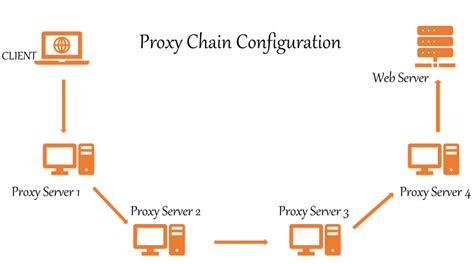
The && operator is used to chain commands that are dependent on each other. If the first command is successful, the second command will be executed.
Example:
command1 && command2
In this example, if command1 is successful, command2 will be executed. If command1 fails, command2 will not be executed.
3. Using the || Operator

The || operator is used to chain commands that are not dependent on each other. If the first command fails, the second command will be executed.
Example:
command1 || command2
In this example, if command1 fails, command2 will be executed. If command1 is successful, command2 will not be executed.
4. Using the ; Operator

The ; operator is used to chain commands that are independent of each other. Both commands will be executed regardless of the outcome of the first command.
Example:
command1; command2
In this example, both command1 and command2 will be executed regardless of the outcome of command1.
5. Using the tee Command

The tee command is used to chain commands that require both output and input. It takes the output of the previous command and uses it as the input for the next command, while also displaying the output on the screen.
Example:
ls -l | tee output.txt
In this example, the ls -l command lists the files in the current directory in a detailed format, and the tee output.txt command saves the output to a file named output.txt while also displaying the output on the screen.
📝 Note: The `tee` command is useful for debugging purposes, as it allows you to see the output of the command while also saving it to a file.
Best Practices for Mastering Chain Command in Linux
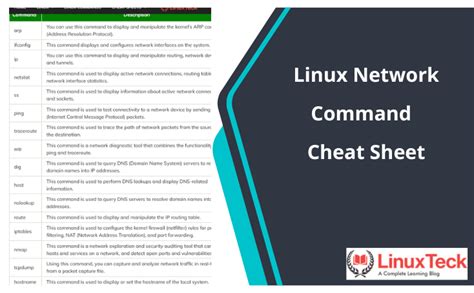
- Use meaningful command names: Use descriptive names for your commands to make it easier to understand what each command does.
- Use comments: Use comments to explain what each command does, especially if the command is complex.
- Test each command separately: Before chaining commands together, test each command separately to ensure it works as expected.
- Use the
mancommand: Use themancommand to learn more about each command and its options.
Common Mistakes to Avoid when Mastering Chain Command in Linux

- Incorrect syntax: Make sure to use the correct syntax for each command and operator.
- Insufficient testing: Don’t assume that the commands will work together as expected. Test each command separately and together to ensure they work as expected.
- Inadequate debugging: Don’t assume that the commands will work as expected. Use debugging tools, such as the
teecommand, to troubleshoot any issues.
What is the difference between the `&&` and `||` operators?

+
The `&&` operator is used to chain commands that are dependent on each other. If the first command is successful, the second command will be executed. The `||` operator is used to chain commands that are not dependent on each other. If the first command fails, the second command will be executed.
How do I use the `tee` command to chain commands?

+
The `tee` command is used to chain commands that require both output and input. It takes the output of the previous command and uses it as the input for the next command, while also displaying the output on the screen.
What are some best practices for mastering chain command in Linux?

+
Some best practices for mastering chain command in Linux include using meaningful command names, using comments, testing each command separately, and using the `man` command to learn more about each command and its options.
Mastering chain command in Linux requires practice and patience. By following the tips and best practices outlined in this article, you can become proficient in using chain command to automate tasks and increase your productivity. Remember to test each command separately, use meaningful command names, and use comments to explain what each command does.



